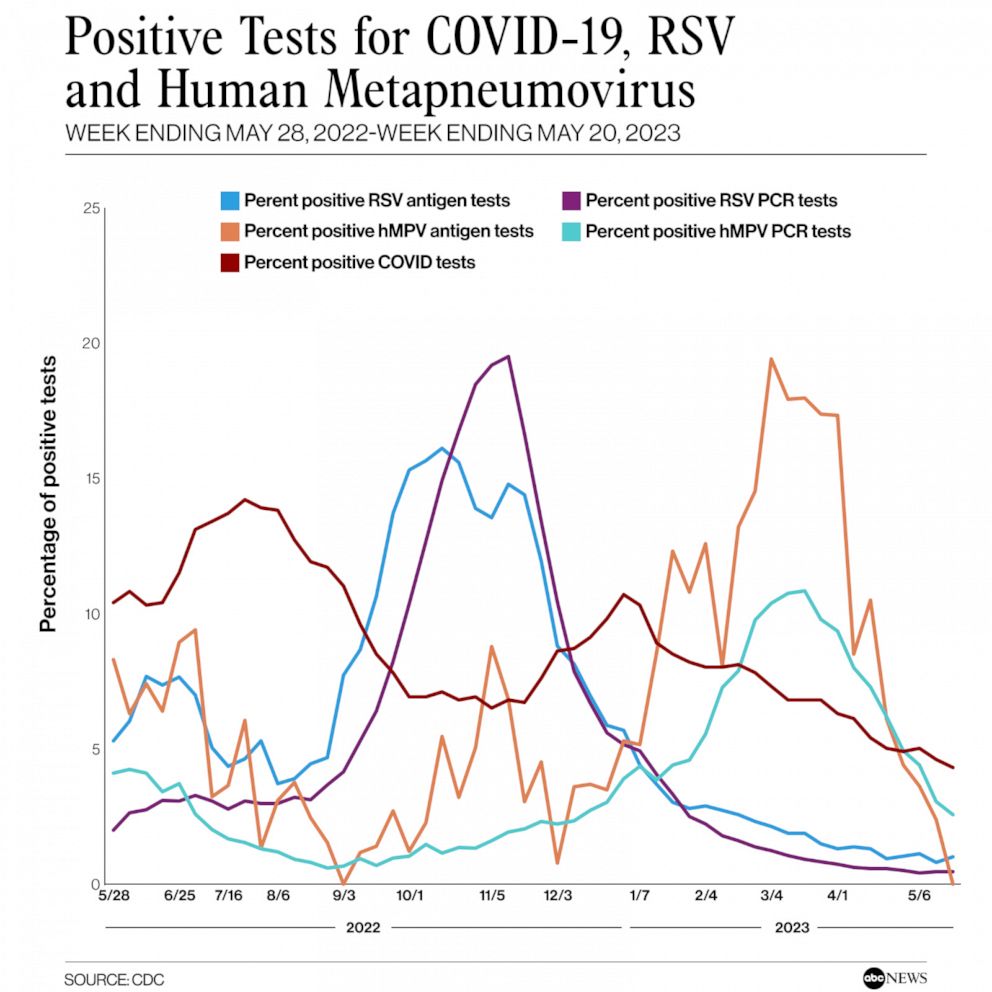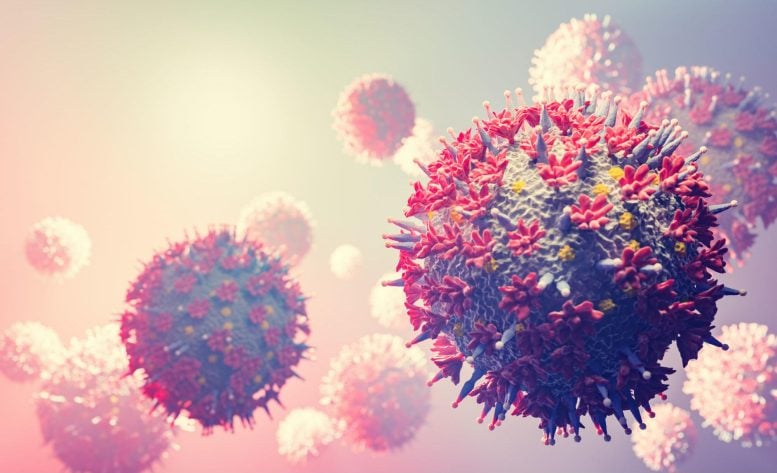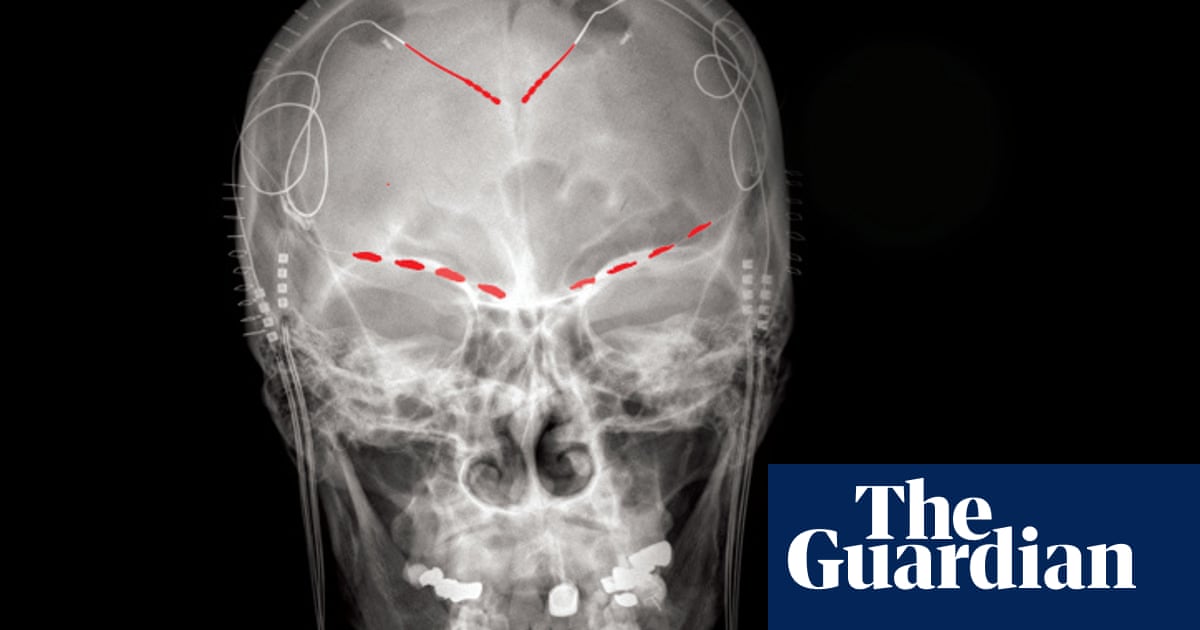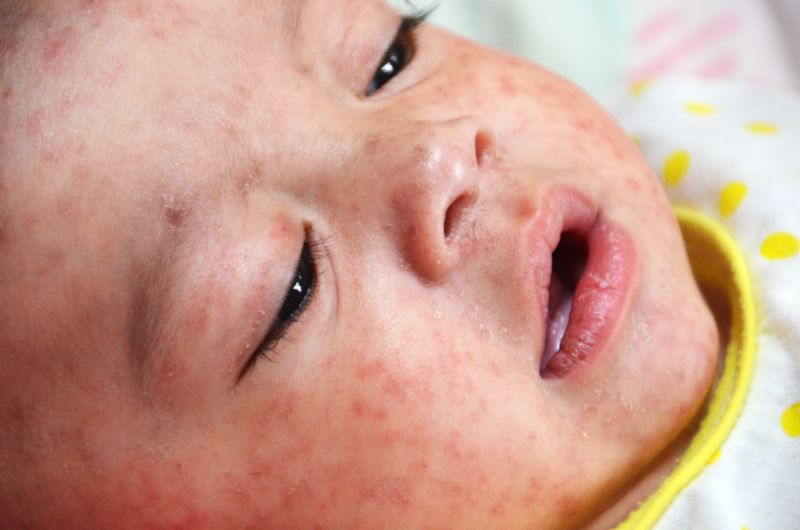CNN —
Older adults who took a multivitamin each day for three years found a mild improvement in their memory after one year compared with people taking a placebo, or sugar pill, a new study found.
At the start of the study, 3,560 adults older than age 60 were asked to learn 20 words on a computer program. The study participants had three seconds to study each word before the next appeared. Immediately after, participants were asked to type all the words they could remember.
Retested at the end of the first year, the study found people who continued to take a daily multivitamin were able to remember, on average, nearly one extra word compared with those who took a placebo. While the effect was small, it was statistically significant, according to the study published Wednesday in The American Journal of Clinical Nutrition.
The improvement in memory remained for the duration of the study and was stronger for people with a history of cardiovascular disease, said lead study author Adam Brickman, a professor of neuropsychology at Columbia University’s Taub Institute for Research on Alzheimer’s Disease and the Aging Brain in New York City.
The results mirrored a prior study, published in September 2022, which found an improvement in memory, overall cognition and attention for people taking a multivitamin, especially those who had a history of cardiovascular disease. The 2022 study was done by researchers at Harvard Medical School in Boston and Wake Forest University in Winston-Salem, North Carolina.
“In science, this type of replication is one of the tenants of quote ‘believing your findings,’ unquote. So, we are very excited about this replication because it adds a bit more confidence in what we’re observing,” Brickman said.
“This is an interesting study, but these are not big differences,” said Dr. Jeffrey Linder, chief of general internal medicine at Northwestern University’s Feinberg School of Medicine in Chicago, who was not involved in the study.
“I also worry taking a multivitamin could distract people from doing things we know are more beneficial for cognitive function, such as eating right, getting exercise, keeping social and getting good sleep,” Linder said.
While the less-than-a-word improvement was statistically significant, it would be hard to tell if such a small change would improve a person’s life, said Alzheimer’s disease researcher Dr. Richard Isaacson, a preventive neurologist at the Institute for Neurodegenerative Diseases of Florida.
“It goes with my mantra of there is ‘no magic pill’ to prevent cognitive decline,” said Isaacson, who was not involved in the new study. “At my clinic, we check nutritional blood measures and personally tailor interventions, and in doing so we don’t tend to recommend multivitamins since we address the individual deficiencies.”
Both the new study and the Wake Forest-Harvard study were additional analyses from a much larger study of over 21,000 adults called the Cocoa Supplement and Multivitamin Outcomes Study, or COSMOS. That study was designed to separately test the impact of dietary flavanols in a cocoa extract supplement (not chocolate) on reducing cardiovascular disease and a multivitamin on the prevention of cancer.
(The COSMOS cocoa study results, published in March 2022 found a 15% reduction in cardiac events such as heart attacks, and a 27% reduction in deaths. The COSMOS study on daily multivitamin use found no benefit in the prevention of cancer.)
In the COSMOS study, vitamins were provided by Pfizer, an international biopharmaceutical company, while grant money was provided by Mars Edge, a segment of Mars Inc., and the National Institutes of Health.
Brickman and his coauthors from Columbia University, New York State Psychiatric Institute, and Brigham and Women’s Hospital and Brigham/Harvard Medical School followed participants in the study for three years, repeating cognitive testing at yearly intervals.
The raw data only showed a statistically significant impact on memory at the end of the first year, and not the following two years, during which the placebo group also improved, Linder said.
“We’re talking about the difference between remembering 8.28 words in the multivitamin group versus 8.17 words in the placebo group. It just doesn’t seem like that clinically meaningful to me,” he said.
The study team used a computational model to extrapolate and average the data, Brickman explained.
“Because we had a large distribution of ages in the study, we could do a correlation between age and performance on this test. It’s a crude estimation, based on the data that we had in hand,” Brickman said.
“We estimated the effect of the multivitamins at the end of the study was the equivalent of slowing cognitive aging by about three years,” he said.
The study was not able to determine which of the vitamins or minerals in the multivitamin may have contributed to the effect, Brickman said. Future research is needed to test individual components and to see if improvement lasts over time.
“Previous studies have shown an association between blood levels of vitamins like B12 and cognition. However clinical trials testing for beneficial effects of vitamins on memory and cognition have been a mix of negative and positive results,” said Rudy Tanzi, a professor of neurology at Harvard Medical School and director of the genetics and aging research unit at Massachusetts General Hospital in Boston. He was not involved in the study.
In June 2022, the US Preventive Services Task Force released its latest recommendations on the use of vitamin and mineral supplements. Despite reviewing 84 studies on over 700,000 people, the task force came to the same conclusion as that of 2014: Vitamin, mineral and multivitamin supplements aren’t likely to protect you from cancer, heart disease or overall mortality.
“Everybody’s looking for the magic pill that’s going to help them live longer, live better and prevent disease,” Linder said. “Guess what? It’s exercise. That’s the most important thing people really need to be doing.”
Get inspired by a weekly roundup on living well, made simple. Sign up for CNN’s Life, But Better newsletter for information and tools designed to improve your well-being.
Adblock test (Why?)
Health - Latest - Google News
May 24, 2023 at 10:08PM
https://ift.tt/URAFDKf
Can a daily multivitamin slow cognitive aging? Maybe - CNN
Health - Latest - Google News
https://ift.tt/S2Vp4Pr












/cloudfront-us-east-2.images.arcpublishing.com/reuters/DUB4QDYKQRN7RGUJ3S7USNBRZE.jpg)

:quality(70)/cloudfront-us-east-1.images.arcpublishing.com/cmg/OEZ2F77JKFD7FL5SGUFACQYK5M.jpg)
